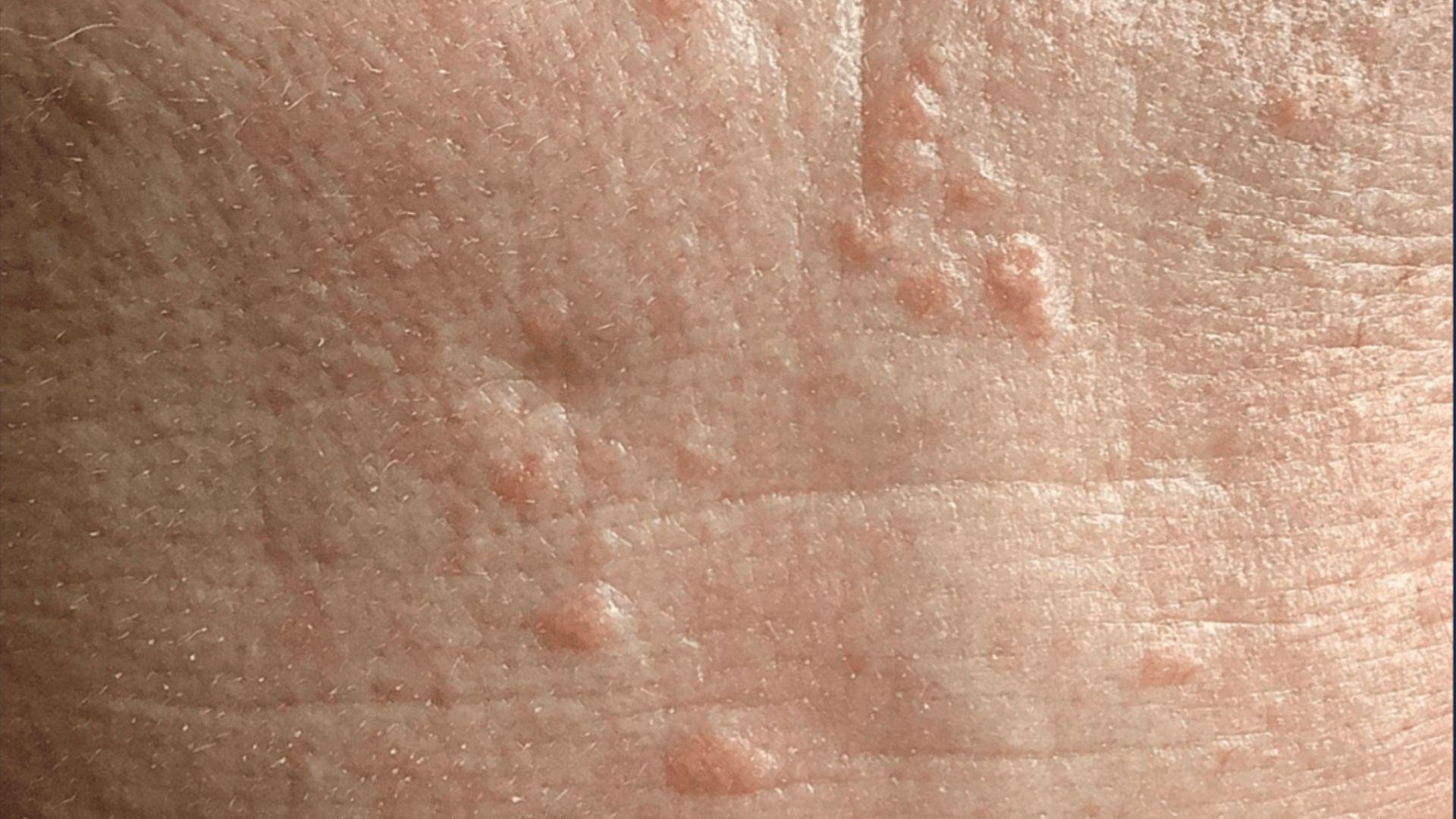
Sebaceous hyperplasia is a benign skin condition caused by enlarged sebaceous glands, resulting in small, yellowish or skin-coloured bumps on the face or sometimes chest. A Dermatologist’s assessment is recommended to confirm the diagnosis.
Sebaceous hyperplasia is a harmless condition that does not require medical treatment unless it causes cosmetic (aesthetic) upset or if lesions are catching on the razor etc.
Removal is performed using a minimally invasive technique under local anaesthetic.
At the Interface Clinic, no GP referral is required, and patients can self-refer for treatment. If you have seen your GP for the condition before, it is good practice to ask them for your notes so we can add the information to your medical records with us.
Full aftercare instructions are explained and written information given after the procedure.
Healing Time: The treated area usually heals within one to two weeks, depending on the removal method and the number of lesions treated.
Scarring: Some larger lesions can result in small dipped scars. Some of these will flatten out with time. Overall most patients find an improvement in their appearance following treatment but the possibility of small dipped scars has to be considered before having any treatment.
Activity Restrictions: Normal activities can usually be resumed immediately, but the area should be kept clean and protected. If you have a function or social event, you may want to time surgery to give yourself around 2 weeks to heal after which you should be able to apply make up to the healing area(s).
There is the possibility of Sebaceous Hyperplasia growing back, some lesions are deep and to minimise scarring, it is not always possible to electrodessicate each lesion in its entirety in the deeper layers of the skin.